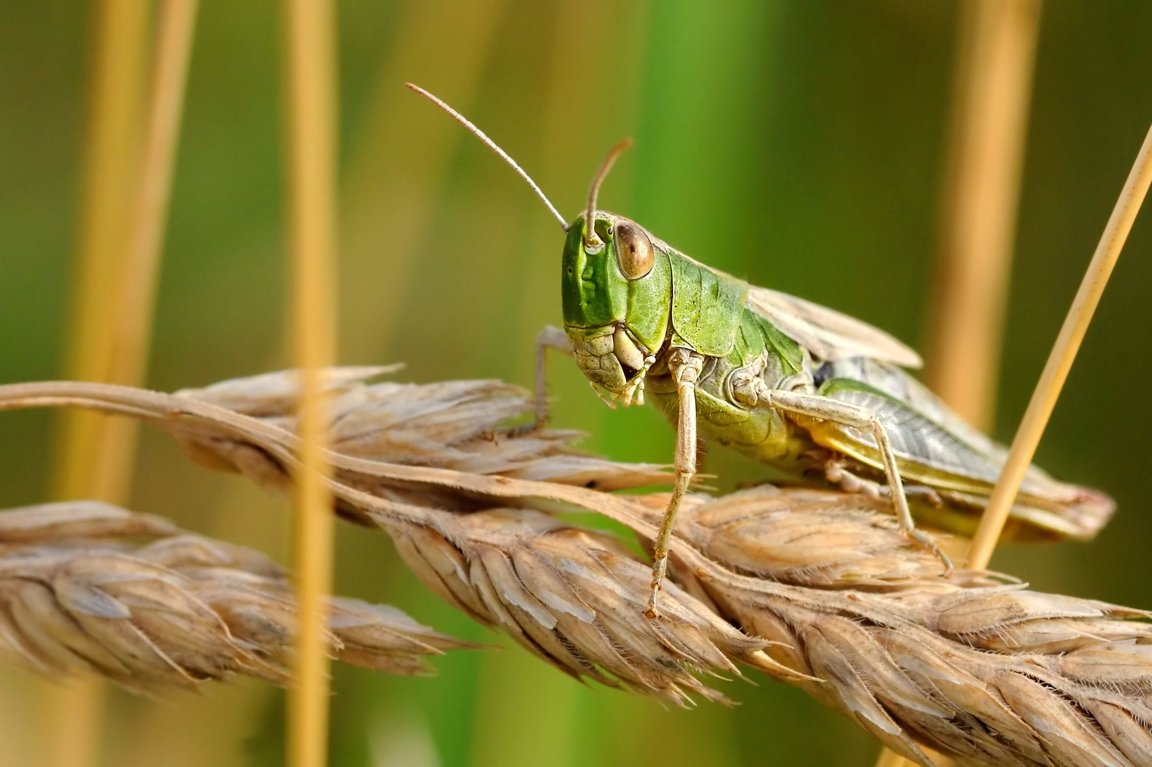
Insects
Insects are cold blooded arthropods and represent 90% of all life forms on earth. They are among the most diverse groups of animals on the planet, with over 1 million different known species and as many as 9 million more yet to be discovered. Insects have three body parts: head, thorax and abdomen. They have three pairs of legs with six joints and they have two antennae. Bugs have external skeletons. These “exoskeletons” contain sense organs for sensing smell, sound, light, temperature, wind and pressure.Most insects go through 4 life stages: egg, larvae or nymph, pups and adult. Bugs do not have lungs and most have compound eyes, meaning each eye has many lenses.
Adult insects usually move about by walking or flying...and sometimes by swimming. They are the only animals without backbones that fly. As it allows for rapid yet stable movement, many walk with their legs touching the ground in alternating triangles.
Insect species are divided up into 32 orders. The largest group is beetles, with about 500,000 different species. One out of every four animals on the planet is a beetle.
Insects perform many ecological roles. They pollinate flowers and plants, produce silk, honey, wax and other products. Blow-flies consume carrion. Pollinators are essential to the life-cycle of many flowering plant species on which most organisms, including humans, are dependent. Many other insects are considered ecologically beneficial as predators.
These highly adaptable creatures have evolved to live successfully in most all environments, though only a small number of species live in the oceans which are dominated by their cousin arthropods, crustaceans. Many insects spend at least part of their lives under water, breathing through gills, and some adult insects are aquatic and can swim. Some species, such as water striders, are capable of walking on the surface of water. Many are solitary, while bees, ants and termites are very social and live in large, well-organized colonies.
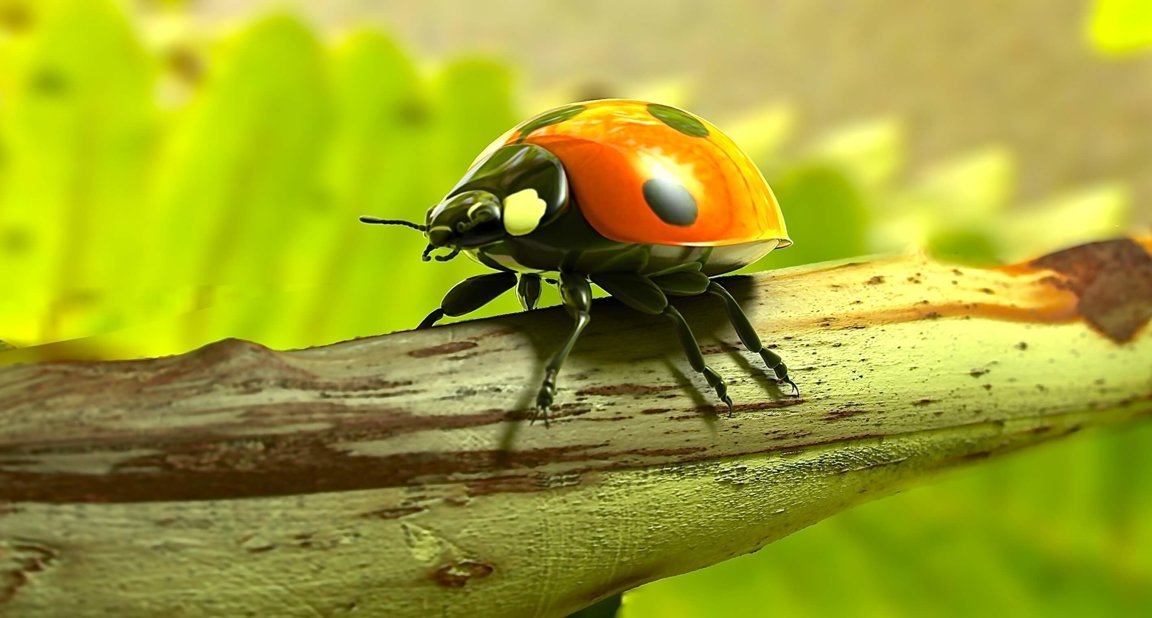 Fascinating Insect Facts
Fascinating Insect Facts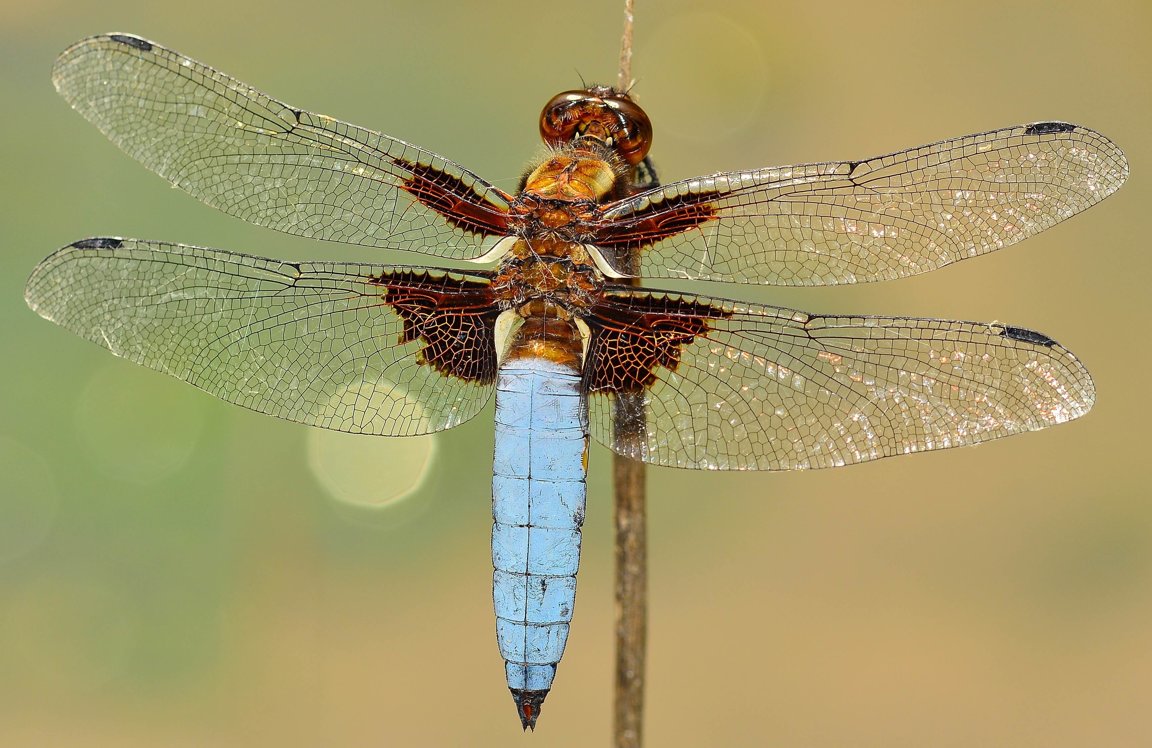 Devoted Mothers
Devoted Mothers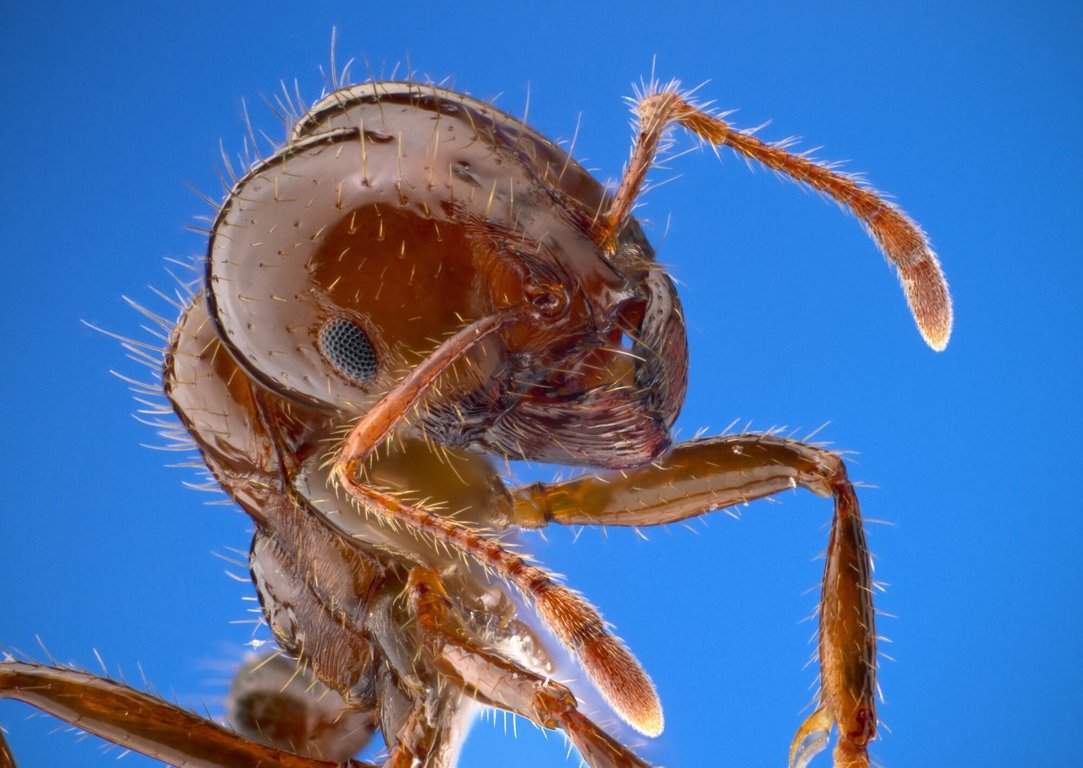 Largest Brains In The World
Largest Brains In The World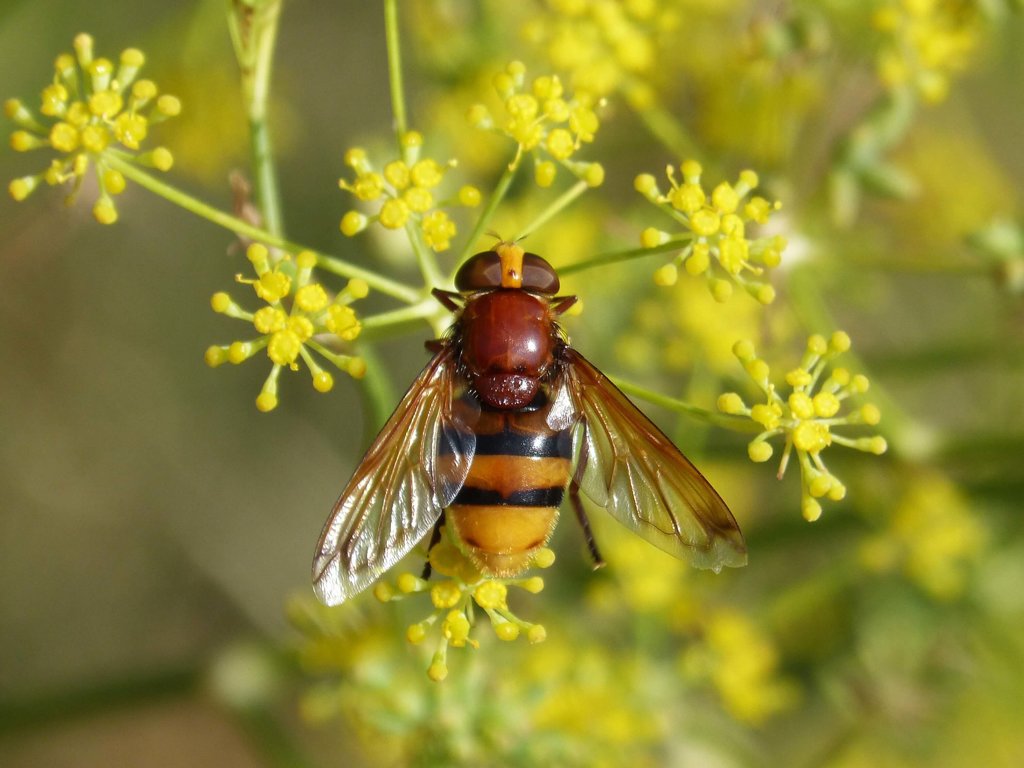 Farming, Math & Language
Farming, Math & Language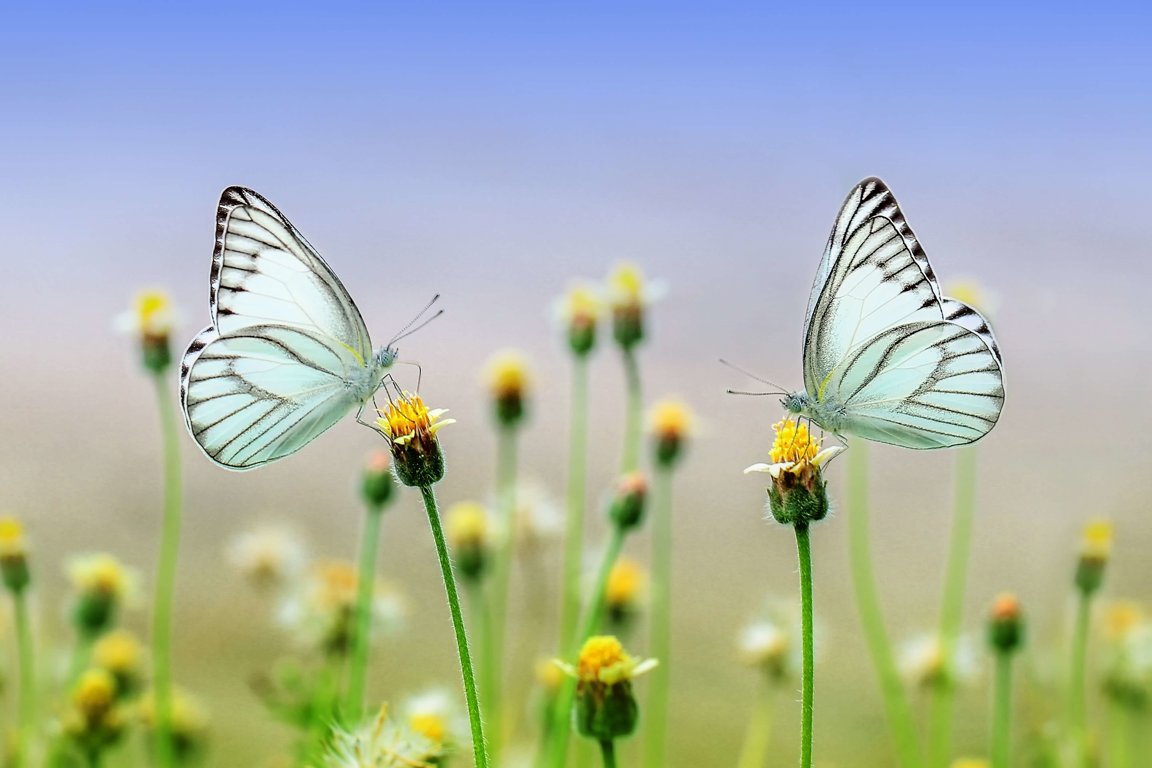 Metamorphosis
Metamorphosis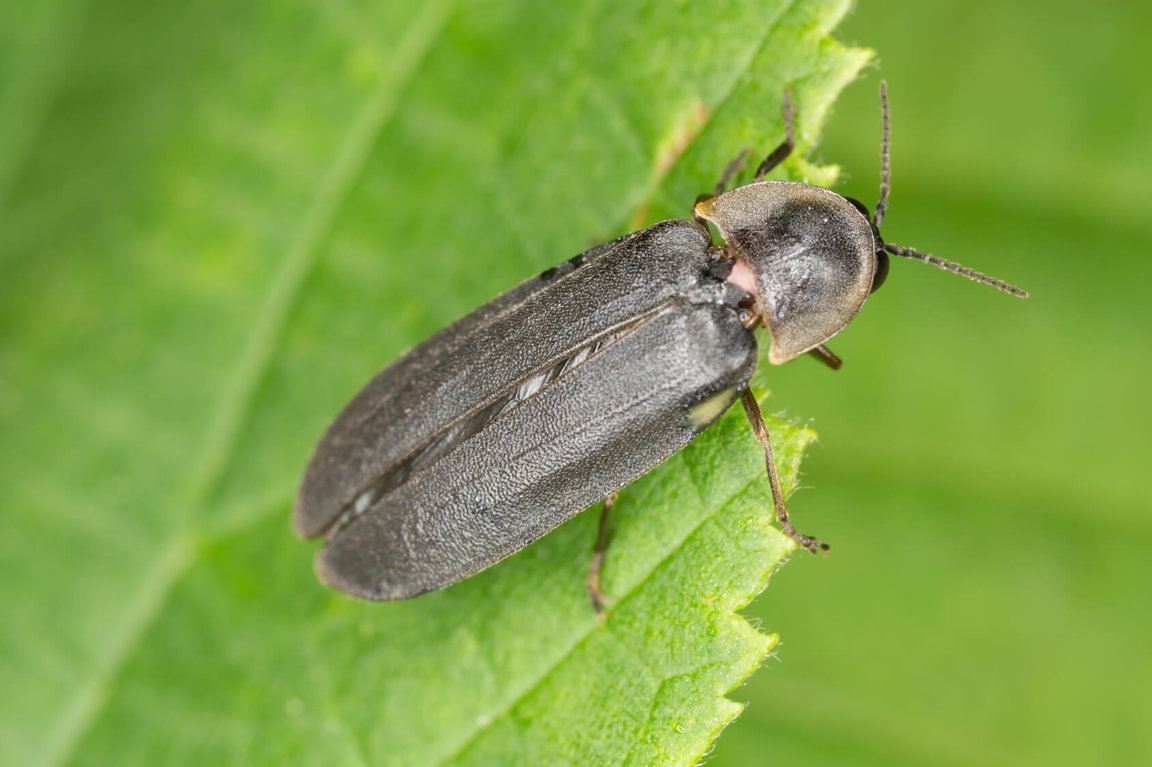 Bugs Of Light
Bugs Of Light